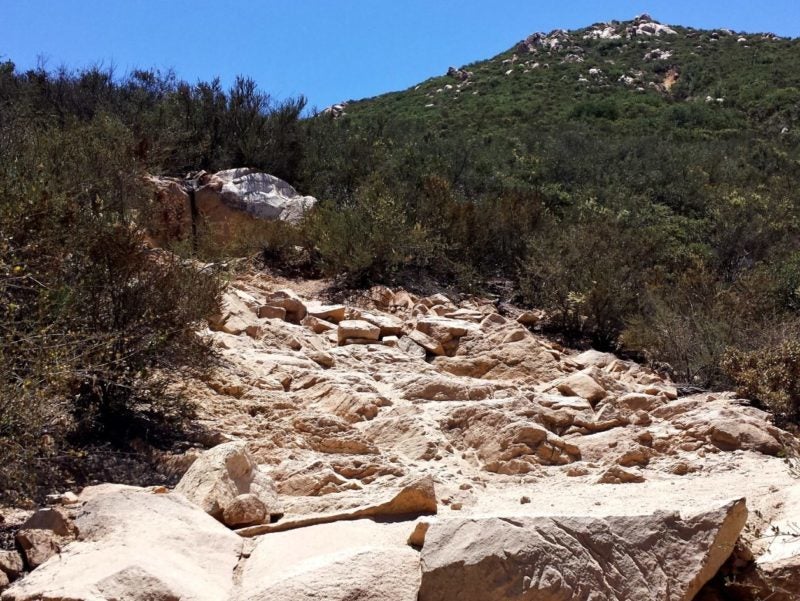
The US Government shutdown has forced clean-up operations at ‘Superfund’ sites, areas of land damaged by the release of hazardous chemicals, to be suspended, putting the lives of local residents at risk.
The US Environmental Protection Agency (EPA) first designated certain areas as Superfund sites as part of the Comprehensive Environmental Response, Compensation and Liability Act in 1980. Former mine sites are often covered by the act, as improper waste management can cause significant long-term damage, even after mining operations have stopped.
For example, the land around the Iron Mountain group of mines in California, which included silver, iron gold and zinc projects that operated until 1962, was designated a Superfund site by the EPA after acidic water spilled from the closed sites into local water sources.
While the EPA has plans in place to continue to monitor up to 800 Superfund sites in the event of a shutdown, there are over 1,800 in the US, so many will go unchecked. Responsibility for monitoring these additional sites falls to state governments or private contractors “up to the point that additional EPA direction or funding is needed,” the agency said.
“Sites where clean-up activities have been stopped or shut down will be secured until clean-up activities are able to commence when the federal government reopens,” the EPA added.
Agency officials conceded that they would struggle to continue clean-up operations in the event of a prolonged shutdown. With the current shutdown just one day away from breaking the record for the longest in US history, there are concerns that the EPA will be forced to focus resources on sites that pose what it calls an “imminent” risk to human life, rather than those that pose a long-term threat.
Superfund sites such as the Black Butte Mine site in Oregon have been under EPA monitoring, but clean-up work has not yet begun.
The site of the disused mine was first identified as potentially hazardous in 2010 due to mercury leaking from tailing piles into local bodies of water, with plans to remove the tailings put in place in 2016.
However, the shutdown has prevented work from going ahead, and as the site is not considered an imminent threat, local water sources remain polluted.
With the US Government deeply divided over the issue of President Trump’s proposed wall on the southern border, many federal agencies responsible for protecting US land have had their operations suspended.
On 4 January, the Department of Agriculture delayed the publication of a number of domestic and international crop reports, and the EPA has suspended updates on its social media profiles due to a “lapse in appropriations”.



